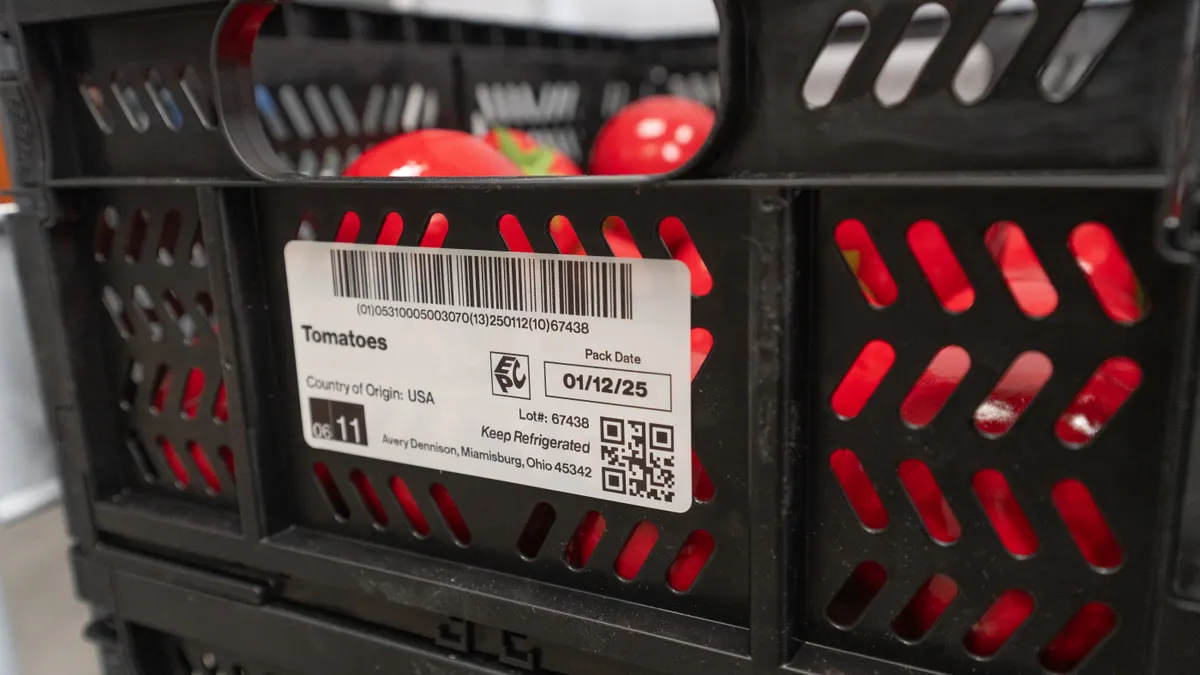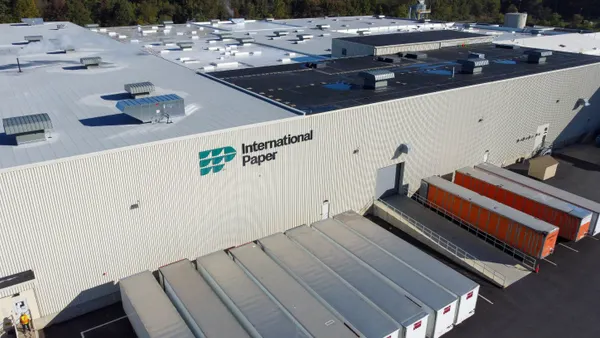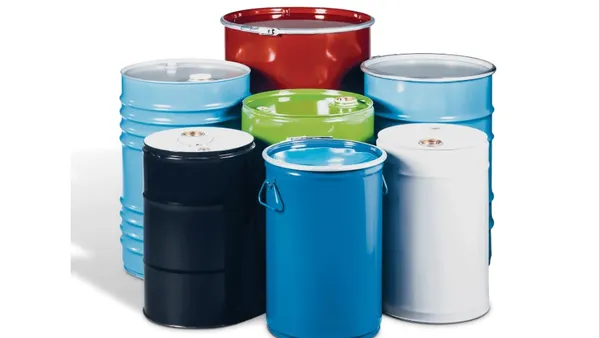The U.S. Department of Labor’s Bureau of Labor Statistics on Tuesday released 2022 data on fatal work injuries. In manufacturing as a whole, there were 404 fatalities, with some denoted as being related to packaging production.
Packaging companies detail safety goals, working to reduce injuries, in their ESG reports. Some have targets linked to reducing the total recordable incident rate.
“PMMI and its members as well as their customers promote safe manufacturing practices while delivering a wide range of consumer products, including food and beverage packages. The consumer products good manufacturing workforce are integral to the success of these production operations,” said Jim Pittas, president and CEO of PMMI, the Association for Packaging and Processing Technologies, in an emailed statement.
PMMI released an update to the American National Standard on the Safety of Packaging and Processing Machinery (ANSI B155.1) in August. “This standard drives safety throughout the packaging and processing supply chain, and protects workers from harm,” Pittas said.
In plastics packaging materials and unlaminated film and sheet manufacturing, there were four total fatal injuries. That was out of 18 fatalities in plastics and rubber products manufacturing more broadly, down from 24 the prior year. Not all were linked to a certain cause, but in that broader category, six were linked to transportation incidents, five to exposure to harmful substances or environments, and three to contact with object and equipment.
“Safety remains a top priority for the plastics industry and every employee should be able to return home to their loved ones at the end of their shift,” said Matt Seaholm, CEO at the Plastics Industry Association, in an emailed statement. “As plastics are essential to safety, we’re pleased to see progress has been made towards reaching the goal of zero fatalities.”
There were three fatalities at paperboard mills and four in paperboard container manufacturing. That’s out of 13 total fatalities in the broader paper manufacturing category, which had just five the prior year. In that broader category, seven were linked to contact with object and equipment, and three were linked to exposure to harmful substances or environments.
The American Forest & Paper Association noted in an emailed statement that it aspires to zero injuries by 2030.
“We engage in meaningful dialogue and collaboration to improve workplace safety. And we have developed a program that convenes safety professionals to focus on preventing [serious injuries and fatalities] at our members’ mills,” AF&PA said. The organization also said that in 2020, its members surpassed a goal of improving the “safety incidence rate” by 25%, and member companies’ “recordable incidence rate” was 30% lower than a 2006 baseline.
Also related, in metals, there were three fatalities in steel product manufacturing from purchased steel, and one in aluminum sheet, plate, and foil manufacturing. There were also three fatalities recorded in wood container and pallet manufacturing. Related to packaging’s end of life, in recycling, there were five fatalities recorded at materials recovery facilities.
Across industries, there were 5,486 total fatal work injuries in 2022, up from 5,190 in 2021. “Workers should never, ever have to risk their lives to earn a paycheck,” said Jessica E. Martinez, co-executive director of the National COSH, in a statement. “If employers listen to workers and adopt preventive and comprehensive safety measures we can stop worker deaths.”
Editor’s note: This story has been updated with comment from the American Forest & Paper Association.











